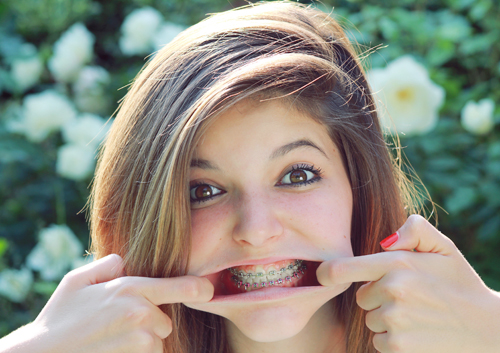How to Care for Your ClearCorrect™ Aligners
February 19th, 2020

Taking care of your ClearCorrect aligners is very easy. It’s actually one of the reasons ClearCorrect has quickly become of the most desired treatments for those who need braces at our Idaho Falls, Rigby, Rexburg, Afton, and Salmon office. There are some simple guidelines for caring for them, and as long as you go by them you will have no complaints.
- Don’t eat or drink while wearing your aligners. The aligners are made out of a thin plastic material and eating can damage them. If they are damaged it can affect your treatment as well as cost additional money to get replacement aligners. The food can also accumulate in the aligners and cause cavities.
- Don’t chew gum because it will stick to the aligners and can be an aggravation to remove.
- After eating always brush your teeth before putting your aligners back in.
- Brush your aligners with a toothbrush every day to keep them clean and to make sure that the inside that is against your teeth all day are clean as well. Rinse them with warm water.
Patients love the fact that their aligners are able to be removed to care for them, and this is a big plus for orthodontic treatment. It reduces the time to get ready and go to bed each day, and is less annoying than dealing with traditional braces because there are no rubber bands and brackets to deal with.
For best results while using ClearCorrect always keep your appointments with Dr. Lowder. Call our Idaho Falls, Rigby, Rexburg, Afton, and Salmon office today to see if you are a good candidate for this type of treatment. You will not be disappointed!





 Website Powered by Sesame 24-7™
Website Powered by Sesame 24-7™